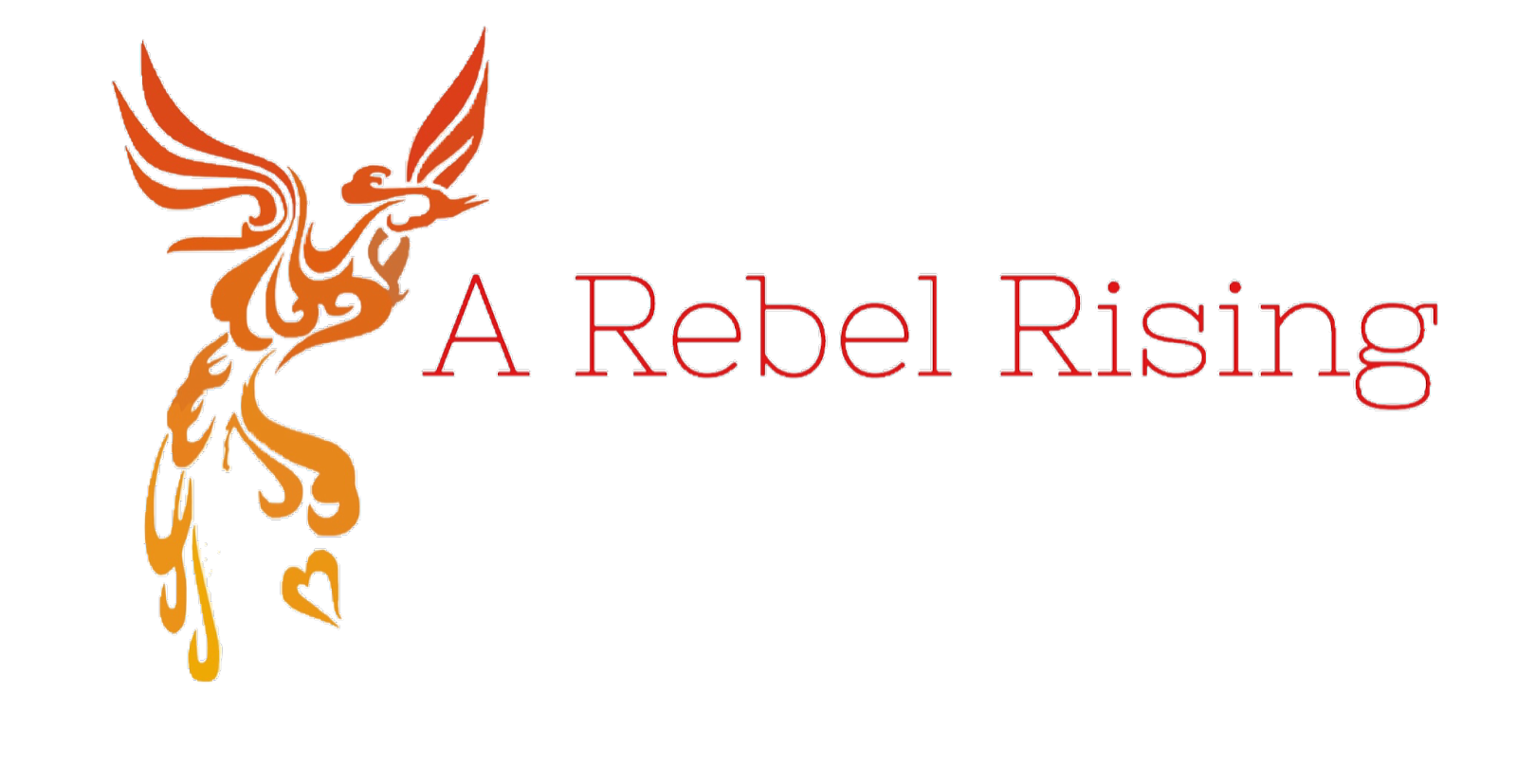Meditation: Using your 5 senses to ground yourself in the present moment
Meditating with Sight
To meditate with visuals, you will need a comfortable, quiet environment and the image itself. Start by choosing a symbol that resonates with your intention and place it in front of you while sitting in a comfortable position. Close your eyes and take a few moments to concentrate on your breathing. When you are ready, focus your gaze on the image and allow your mind to relax. Focus on the details of the symbol or picture and allow it to draw your attention inward. Let go of any thoughts, worries, or concerns and allow yourself to just be in the moment. As you gaze upon the image, focus on the meaning and message it holds. Allow yourself to receive the energy and guidance it offers. When you are ready, end your meditation by slowly opening your eyes and taking a few deep breaths. With practice, using these images can help you achieve greater clarity and concentration in your meditation practice.
Meditating with Sound
Meditating with Touch
Meditating with Smell
Meditating with Taste
Another way to meditate while engaging the sense of taste is to practice mindful eating. This involves paying attention to the flavors, textures, and sensations of each bite of food, and fully experiencing the act of eating. You can try this by choosing a small piece of food (such as a raisin or a piece of chocolate), observing it closely, smelling it, and then taking a small bite and savoring the taste and texture. You can continue to eat mindfully, focusing on your senses and staying present in the moment.
Engaging Several Senses at Once
One of my favorite ways to trigger several senses at once is opening the window during a rain storm. The sound of the rain falling, the smell of the increased ozone, the feel of the wind and the sudden changes of light when it's lightning out. This combination always puts me in a higher state of mind.
Better even, go outside and feel the rain dancing across your skin. Tilt your head up and catch the rain on your tongue. Is it cool or warm? How is the taste? Appreciate that everything is here thanks to the rain. We need it to survive, we need it to thrive. Have you heard of Dr. Emoto's water experiments? I'll leave a link to my blog post about that, below.
Meditating isn't about clearing your mind of all thought...
Meditation is more about being aware of your thoughts and feelings without judgment, and learning to focus your attention on the present moment.
When you're having thoughts come up, let them come and go. Acknowledge the thought and bring your attention back to your breath. Don't be hard on yourself about it, it's normal, that's why meditation is called a practice. :)




Comments
Post a Comment